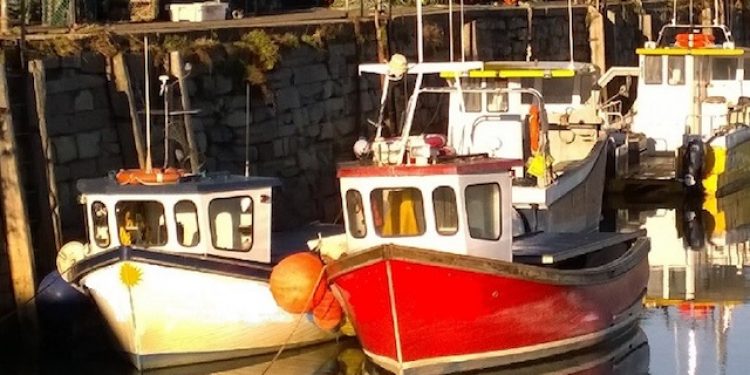A three-year project involving industry, academia and government aimed at improving fisheries management has published its conclusions.
The Scottish Inshore Fisheries Integrated Data System (SIFIDS) project, funded by the European Maritime and Fisheries Fund (EMFF) and administered by the Scottish Government saw more than 130 vessel skippers in 43 ports around Scotland host research trips, have tracking and/or scanning devices installed, take part in surveys and contribute significantly to equipment and software development.
The aim of the SIFIDS project, co-ordinated by Marine Alliance for Science and Technology for Scotland (MASTS), was to deliver a package of processes and systems designed to radically improve the way data is collected from the inshore fleet. Much of the work was assessing the feasibility – both technical and economic – of the processes and systems being developed. The ultimate goal being to use data gathered from fishermen to aid decision-making in fisheries management and marine planning.
The partnership approach to the project helped ensure that industry led solutions to inshore fisheries data collection and management were workable and could meet the requirements of government and the fishing industry. Significant world-first prototypes, including a crab and lobster scanner capable of determining the sex and size of live animals at-sea, and a phone App to provide a daily record of landings and catch were just some of the key features to come out of the project.
‘From the outset the project was a real team effort involving project partners: Seascope Fisheries Research, Imani Development, SAMS Research Services Limited (SRSL), and the North Atlantic Fisheries College (NAFC). Our three Facilitators were instrumental in positively engaging with industry throughout the project,’ said Dr Mark James, SIFIDS Project Leader from University of St Andrews.
‘So far the SIFIDS project has produced real practical outputs that can, and have, been taken forward, including the Outer Hebrides Inshore Fisheries Pilot that is currently trialling the SIFIDS low-cost tracking system to assist with fisheries management decision making. We have also, through the Seafood Innovation Fund, started to develop the prototypic scanning system (AS3ID) into an operational device.’
According to Fisheries Secretary Fergus Ewing, this work has helped inform the inshore elements of the Future Fisheries Management Strategy.
‘The benefits of Government working in partnership with the industry and academia are clear to see,’ he said.
‘This project has not only highlighted the importance of an evidence based, co-management approach, but has also offered up practical recommendations, that will assist in implementation of our new Strategy. A good example of this is the work on vessel tracking solutions.’









